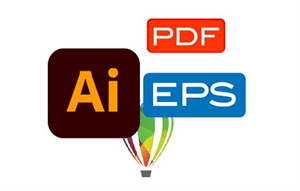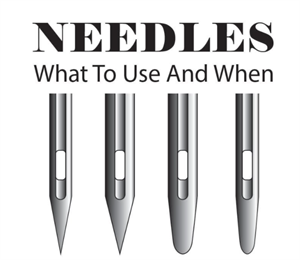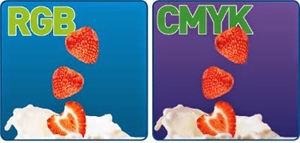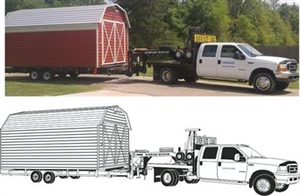Winners of our Digitize & Win contest!
We’re excited to share the 1st place winner of “Digitize & Win” and it’s easy to see why this design stood out. You no like, you no eat! This embroidered portrait of two gentlemen in their formal best came out beautifully. The suits have great blended detailing that adds nice depth, the faces are clean […]










